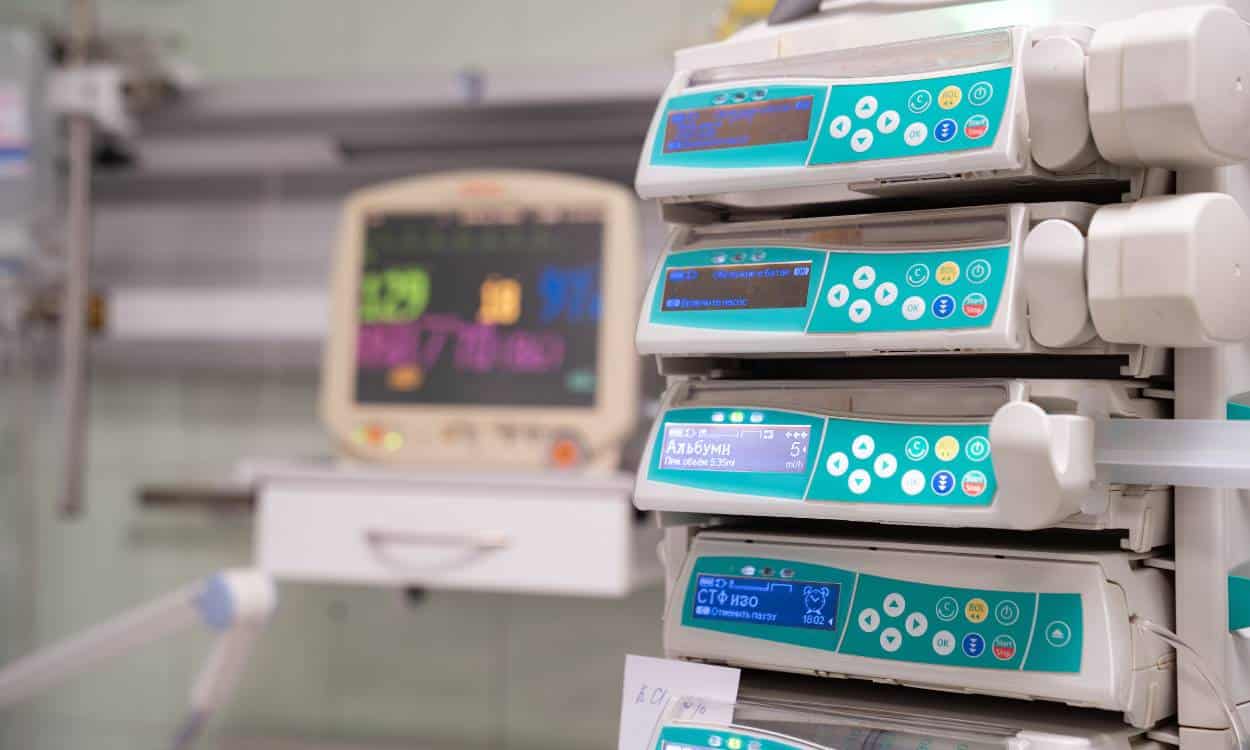How To buy Anesthesia Machines – Step by Step

Making an informed selection that prioritizes patient safety, functionality, dependability, and affordability is crucial when purchasing anesthesia devices. Careful consideration of a number of aspects is necessary while choosing the ideal anesthesia equipment. Read this article to learn how to buy anesthesia machines.
How To buy Anesthesia Machines
Assess Your Requirements
It’s important to evaluate your unique wants and requirements before to starting your search for anesthesia equipment. The quantity of operations carried out, the complexity of surgeries, the available budget, and the sorts of patients you serve are all things to take into account. The evaluation will help you decide which sort of anesthesia equipment is suitable for your company.
Understand the Types of Anesthesia Machines
There are several types of anesthesia machines, each with unique qualities and abilities. There are two main categories:
a) Continuous Flow Anesthesia
Machines
While manually or automatically altering the gas mixtures, these devices constantly deliver gas to the patient. They are appropriate for facilities with modest patient loads and are often utilized in regular surgical procedures.
b) Controlled Anesthesia Machines
sophisticated ventilation settings, integrated monitors, and computerized record-keeping capabilities are just a few of the sophisticated features offered by these devices. They are ideal for complex procedures and critical care settings that require sophisticated monitoring and supervision.
Consider Safety Features
When purchasing an anesthesia machine, put patient safety first. Look for machinery that has important safety features like:
– Oxygen failure protection devices
These gadgets provide a steady supply of oxygen even in the improbable event of a breakdown.
– Pressure relief valves
These valves prevent the breathing circuit from over pressurizing.
– Gas monitoring capabilities
Equipment with gas monitoring systems is used to measure the concentration of gases emitted and inhaled.
– Alarm systems
Medical experts are alerted by audio and visual alarms in the event of critical changes in pressure, oxygen levels, or other parameters.
Evaluate Functionalities and Features
Consider the features and functionality you require in anesthesia equipment based on the procedures performed in your institution. Important considerations to make include:
– Ventilation modes
Controlled ventilation, pressure support, and spontaneous breathing are all possible ventilation modes.
– Integrated monitors
Devices with built-in monitors make the process of keeping track of vital signs, gas concentrations, and other important information easier.
– Vaporizer compatibility
Make sure the equipment is compatible with the specific vaporizers used at your institution before attempting to administer volatile anesthetics there.
– Ergonomics and user interface
Look for gadgets with easy-to-understand user interfaces and ergonomic designs that minimize user mistake.
Seek Quality and Reliability
A trustworthy and durable anesthesia equipment must be purchased in order to preserve its long-term performance and minimize downtime. Consider factors including the manufacturer’s standing, warranty protection, the availability of replacement components, and post-purchase support. Reading reviews and getting referrals from reliable sources may provide you important knowledge about the quality and reliability of various brands and models.
Factors to Consider for Size and Mobility
Assess Your Facility’s Requirements
It is crucial to assess the unique demands of your institution before starting the purchase process. The quantity and diversity of surgical procedures done, patient demographics, the amount of space available, and other pertinent factors are among the variables to be taken into account. You may choose the right size and mobility requirements for your anesthesia machine with the aid of this assessment.
Size Considerations
There are several different types of anesthesia machines, ranging from compact, portable equipment to larger, more feature-rich ones. Machine size is influenced by a variety of factors, such as the quantity of gas and the position of the vaporizers, breathing systems, auxiliary gas outputs, and other monitoring and support features.
Portable Anesthesia Machines
A portable anesthesia machine can be the best option if your hospital routinely performs treatments in multiple locations or lacks dedicated space. Portable units are compact, lightweight, and easy to transport. They frequently include fewer gas and vaporizer stations, a simpler structure, and simpler monitoring choices.
Stationary Anesthesia Machines
Static anesthesia machines offer more functionality and adaptability for institutions with set locations, such as operating rooms. More gas and vaporizer locations, sophisticated monitoring capabilities, extra breathing systems, and improved storage capacity are all aspects of these devices. They are made to handle more complicated treatments and bigger patient numbers.
Mobility Considerations
When buying anesthesia machines, mobility is an important factor to take into account since it impacts how flexible and convenient, they are to use. Consider the following mobility factors:
Casters and Wheels
Make sure that the anesthesia machine you select has sturdy wheels or rollers. Transporting objects about the facility is simple thanks to smooth-rolling, lockable rollers. Choose machines with wheels that are stable while being moved and are strong and lasting.
Integrated Handles
Look for anesthesia machines with built-in handles that make moving them around simple. To guarantee comfortable transportability, these handles should be ergonomically constructed and located in key locations.
Cable Management
For mobility, effective cable management is essential. A well-organized cable routing system and storage compartments on anesthesia machines lower the possibility of trip hazards and make it simpler to transport the machine from one place to another.
Safety and Compliance
Priorities patient safety and regulatory compliance while buying an anesthesia machine. Make that the device complies with all necessary safety requirements, such as those established by regulatory organizations like the FDA or regional health authorities. To ensure optimal performance, confirm that the unit receives regular maintenance and calibration.
Consider Future Needs
Last but not least, while purchasing an anesthesia equipment, future demands must be taken into account. Analyze your facility’s capacity for expansion and the possibility that surgical techniques or patient numbers will alter. Long-term expenditures can be reduced and premature replacements can be avoided by making an investment in a scalable anesthesia machine that can adapt to changing demand.
Budget Considerations
It is crucial to priorities patient security and usability while also taking into account your financial limitations. Consider the long-term value and maintenance expenses when comparing pricing from various vendors and manufacturers. Keep in mind that if a product sacrifices on quality or is missing necessary features, it might not always be the most economical option in the long term.
What are the Best Anesthesia Machines and Where to Buy Them at the Best Price Online?
For More Information Please Visit: www.lifestylebuz.com





